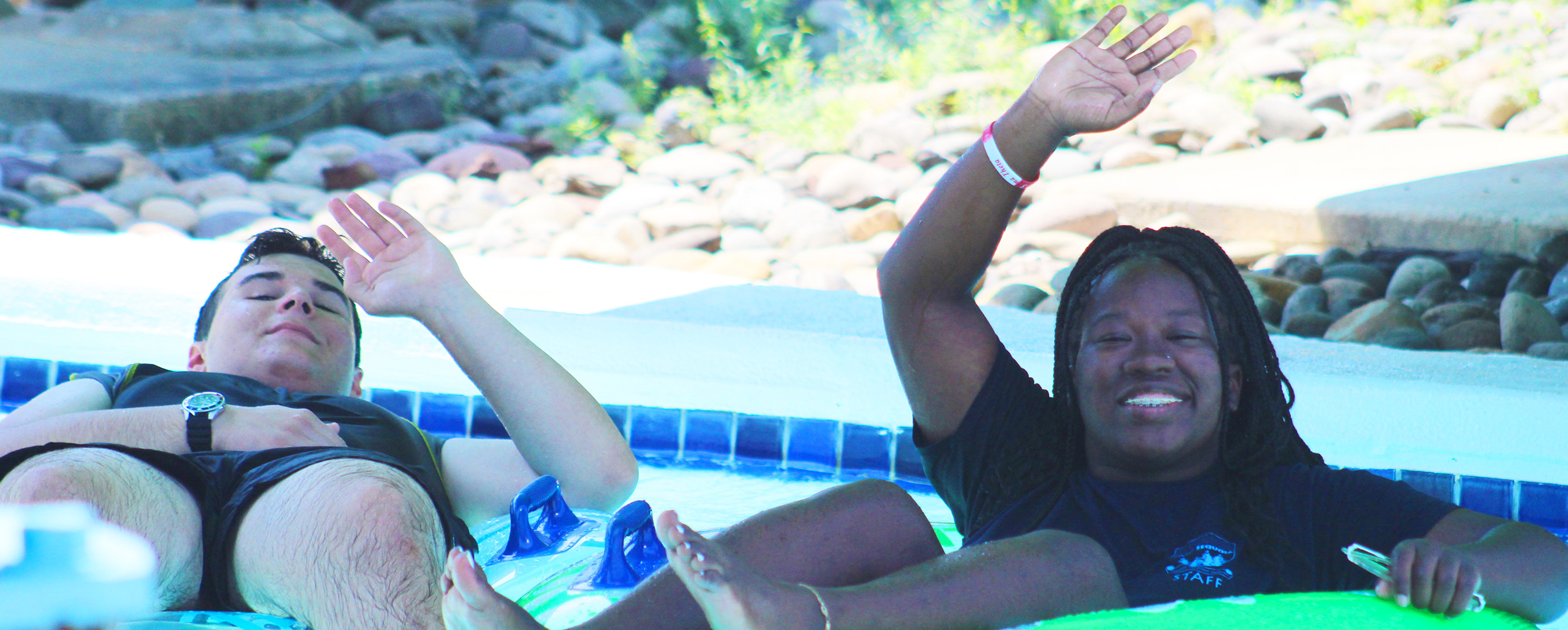Identify potential sensory challenges associated with planned activities, such as loud noises, bright lights, or crowded spaces. Preparing in advance allows you to implement strategies to mitigate discomfort.
Tools like weighted lap pads, chewable jewelry, or tactile toys can provide calming sensory input, helping your child manage anxiety and maintain focus during activities.
Here are some specific activities that can be beneficial in creating sensory-friendly environments for neurodivergent and twice exceptional children:
Engaging with nature can be calming. Plan gentle walks in parks or nature reserves, allowing children to explore different textures, sounds, and sights in a controlled environment.
Create sensory bins filled with materials like rice, beans, sand, or water beads. These provide tactile stimulation and can be a calming activity for children to engage in.
Encourage creativity through art projects using various materials like clay, paint, or textured paper. This can allow children to express themselves while engaging their senses.
Involve children in gardening activities where they can dig, plant, and care for plants. This hands-on experience can be grounding and nurturing.
Set aside time for quiet reading in a cozy, designated area with soft lighting and comfortable seating. This can provide a calm space for children to unwind.
Incorporate gentle music or movement activities, like yoga or dancing. Choose calming music and allow children to move at their own pace, promoting sensory regulation.
Set up a water table or a safe area for water play. Children can use cups, sponges, and toys to explore water, which can be soothing and engaging.
Select puzzles and board games that cater to your child’s interests. These can provide structured yet enjoyable activities that promote focus and problem-solving.
Using blocks or construction sets can allow children to engage in imaginative play while developing fine motor skills. Set up a quiet area for building.
- Mindfulness and Relaxation Activities
Teach mindfulness techniques such as deep breathing exercises or guided imagery. These can help children manage anxiety and promote relaxation.
Provide fidget toys or tools that allow children to engage in repetitive movements. Items like stress balls, putty, or spinners can help manage sensory needs.
- Sensory-Friendly Movie Time
Create a cozy movie-watching experience with dim lighting, comfortable seating, and noise-canceling headphones. Choose films that are gentle and engaging.
Consider activities involving animals, such as therapy dog visits or petting zoos. Interacting with animals can be calming and provide emotional support.
Involve children in simple cooking or baking activities. The process of measuring, mixing, and creating can be a fun, sensory-rich experience.
Incorporating these activities into a sensory-friendly environment can help create a calming and supportive space for neurodivergent and twice exceptional children, allowing them to engage their senses positively and enjoyably.

